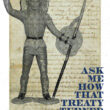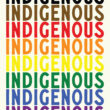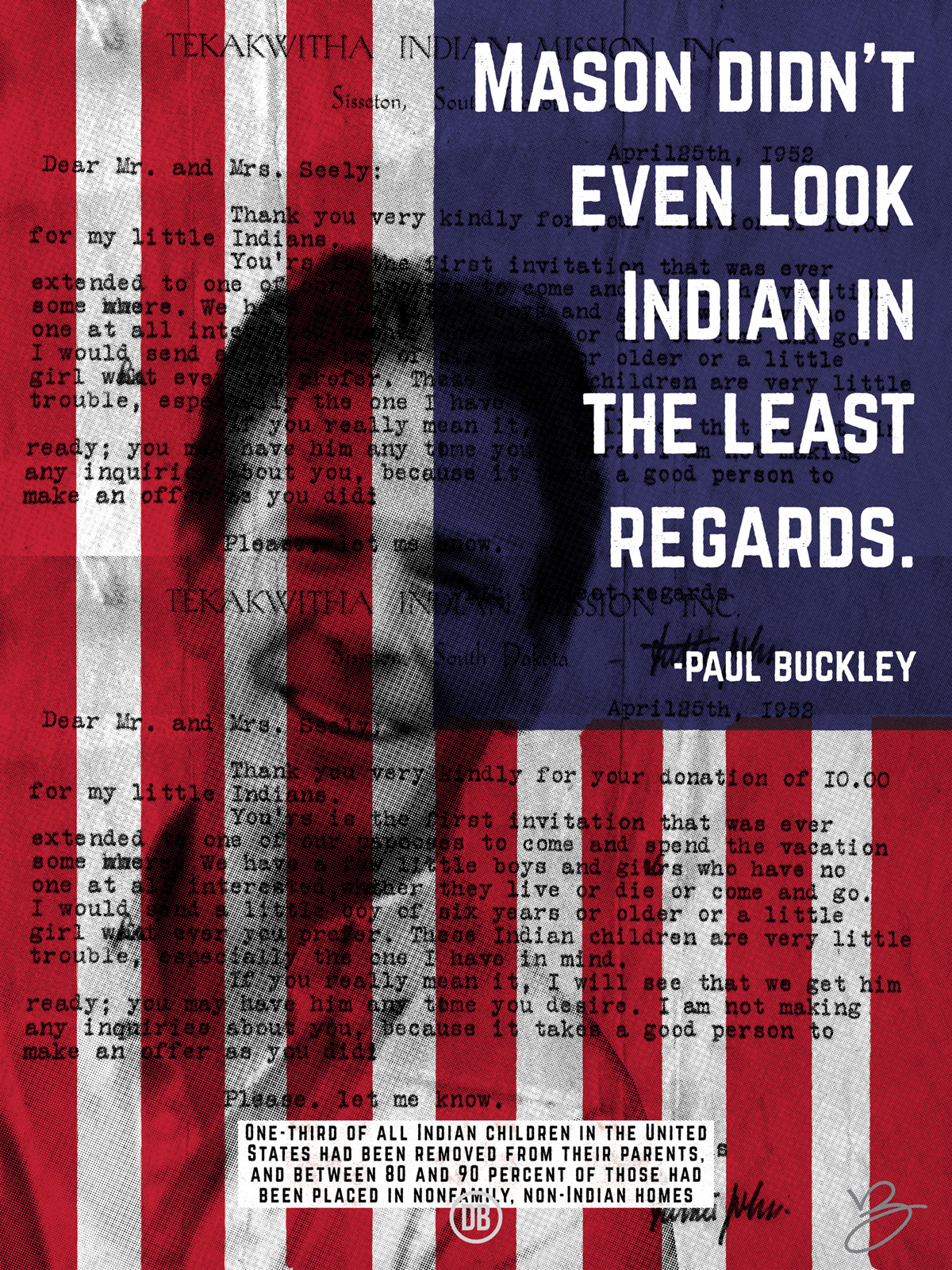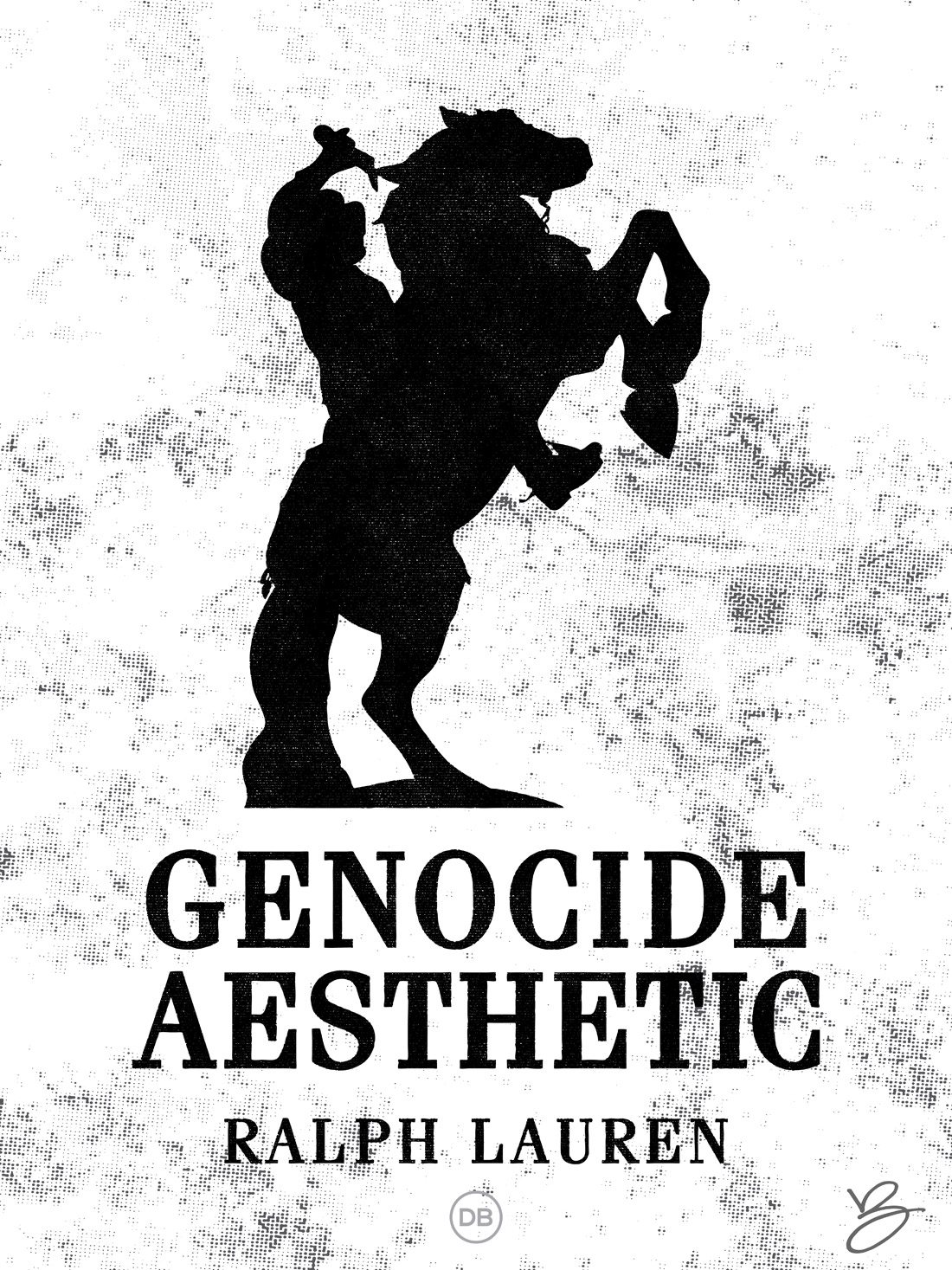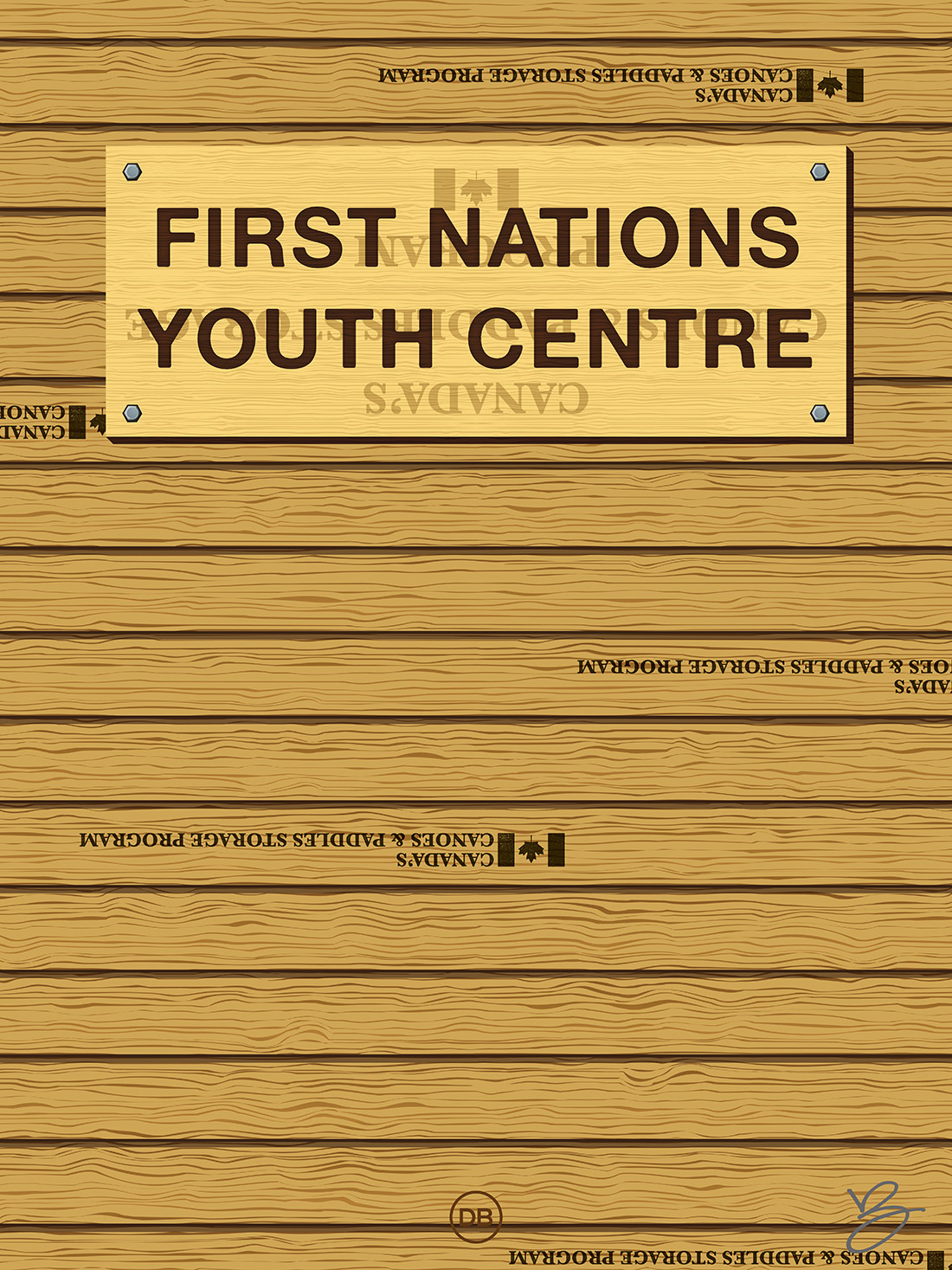Articles
“First Nations children and youth are experiencing more pain than non-First Nations children, but do not access specialist or mental health services at the same rate as their non-First Nations peers, found new research published in CMAJ (Canadian Medical Association Journal).
“Both physical pain and mental health conditions, and their relation to each other, are of substantial concern within the Indigenous population, given that Health Canada reports First Nations youth are 5-7 times more likely to [die by] suicide than non-First Nations youth,” writes Dr. Margot Latimer, Dalhousie University & IWK Health Centre, Halifax, Nova Scotia, with coauthors.
The study looked at data on 2631 First Nations and non-First Nations children and youth aged 17 years and younger who accessed care and specialist treatment for pain in Atlantic Canada between 1997 and 2015. Compared with non-First Nations children, the proportion of First Nations children and youth who sought treatment for 10 out of 13 pain indicators was higher. These included admissions to the neonatal intensive care unit, diagnoses of dental and ear conditions, headache, burns, diabetes, wounds and fractures.
The finding of many diagnoses of painful ear and dental conditions was consistent with other research, although the lower percentages of visits to certain specialists by the First Nations group was unexpected.”
– EurekAlert, First Nations children and youth experiencing more pain than non-First Nations children.
“The final study population resulted in 2631 individuals aged 17 years and younger as of fiscal year 2014 in each cohort. A subsample of 2205 observations in each group was linked to the NSAPD.
Early pain indicators
Of the 13 physical pain indicators explored, the First Nations cohort (age ≤ 17 yr) had significantly more diagnoses for 10 indicators compared with the non–First Nations cohort (Table 1). The First Nations cohort had significantly fewer mental health diagnoses, however (Table 1). Similar results were found when the groups were stratified by age (Table 2). The proportion of First Nations children in both age ranges diagnosed with diabetes was significantly higher than that of the non–First Nations cohort (≤ 9 yr, First Nations 1.4 v. non–First Nations 0.7, p = 0.049; 10–17 yr, First Nations 5.3 v. non–First Nations 2.4, p = 0.002). One difference in the age-stratified cohort analysis was that, among adolescents, the First Nations cohort had significantly more diagnoses of fractures than the non–First Nations cohort (p = 0.03), but no difference was noted between the early childhood cohorts (p = 0.1). Overall, 93.6% of the First Nations cohort experienced at least 1 physical pain indicator compared with 85.5% of the non–First Nations cohort (p < 0.001).”
– CMAJ Group, Occurrence of and referral to specialists for pain-related diagnoses in First Nations and non–First Nations children and youth.
Download
Download the 18″x24″ poster (.pdf), Indian Country 52 #50 – Inherited Pain.
Close Ups



Indian Country 52
Indian Country 52 is a weekly project by David Bernie that uses the medium of posters that promote issues and stories in Indian Country.
[vc_separator type=”normal” position=”center” color=”#999″ border_style=”dashed” width=”” thickness=”” up=”30″ down=”30″]
Creative Commons License

This work by David Bernie is licensed under a Creative Commons Attribution-NonCommercial-NoDerivatives 4.0 International License. You may download, share, and post the images under the condition that the works are attributed to the artist.


